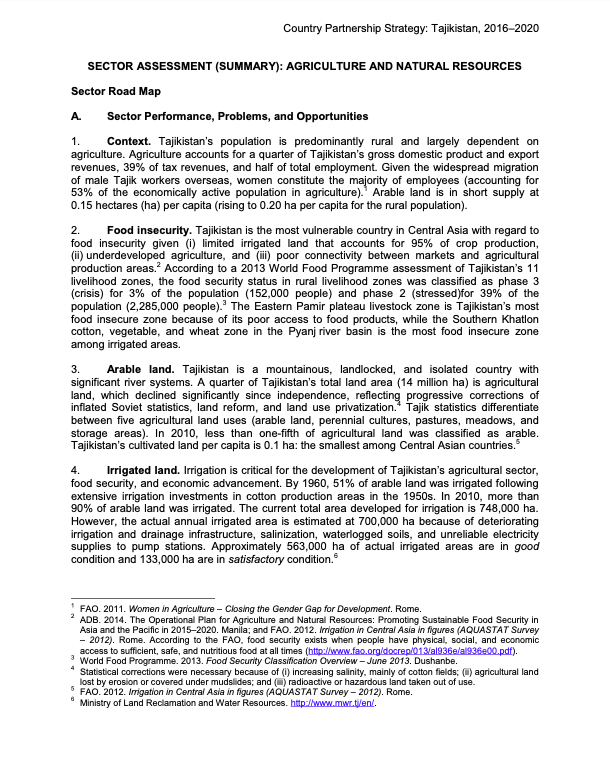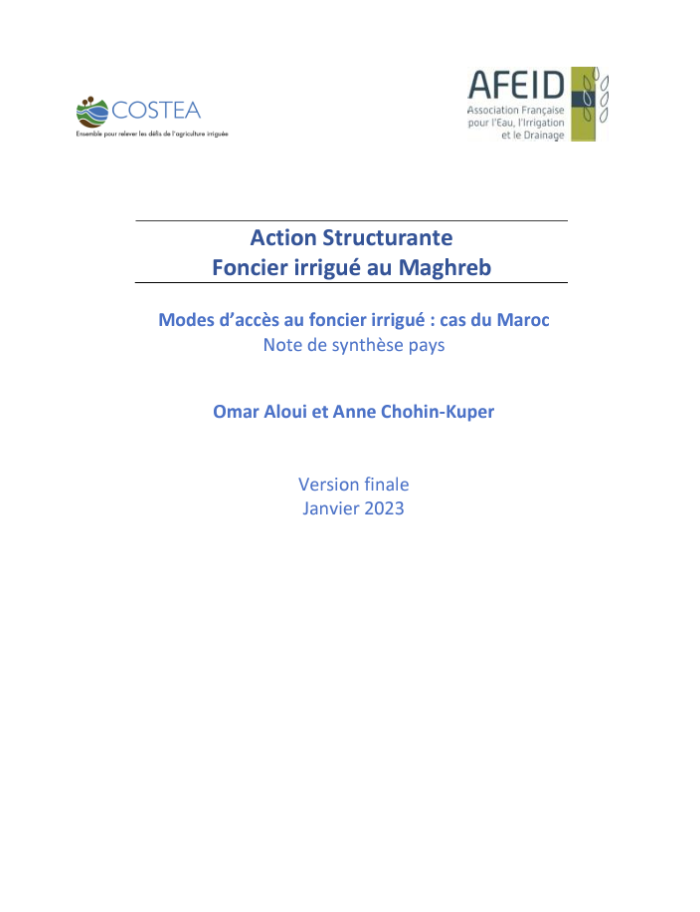Aspecte relevante privind modificările structurale ale fondului funciar in Republica Moldova
This article is investigating some relevant aspects considering structural
changes of the land fund in the Republic of Moldova. Also it is considering the structure
evolution of land fund along 2007-2009 years. The results of the research conclude that
one of the most important rise components of efficient usage of land fund is spread of
fertilizers according to settled standards by scientific research institutions. Economical
efficacy using the land fund may be provided by supplying the agricultural enterprises with








